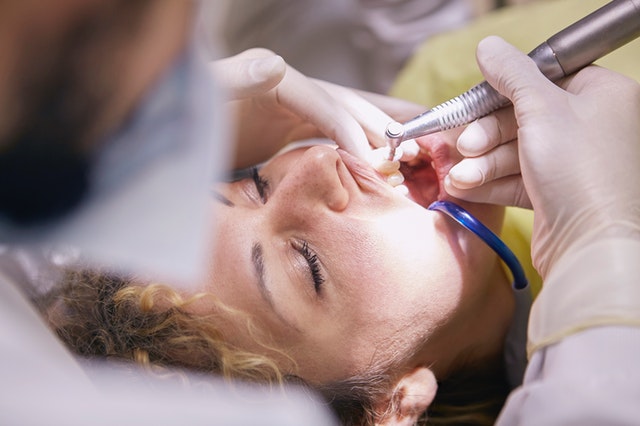Some may think that periodontist is just a fancy name for a dentist. However, a periodontist differs from a general dentist in a number of respects. Similar to other medical disciplines, dentistry comprises a number of fields that are dedicated, in this case, to addressing oral hygiene and health. In the United States, there are nine specialties recognized by the American Dental Association.
General dentistry vs. specialized dentistry
Despite the various areas of specialization in dentistry, it is good to recognize the importance of a general dentist. An important point to note is that specialists in dentistry are dentists that have gone on to focus on a specific area of study.
The main function of dentists trained in these specialized areas is usually to present solutions for complex dental situations that a general dentist may not be suited to handle.
The office of a general dentist is usually the first stop for patients seeking advice on best hygiene practices or for routine checkups that provide services such as cleaning, extractions, and more. But there are instances in which a general dentist may need to refer a patient to a specialist for situations that require additional dental care. One such specialist is a periodontist.
The role of periodontists
A periodontist specializes in diagnosing, treating, and preventing gum disease, also known as periodontitis. Periodontitis can be mild or severe and is common among Americans, with about half the adult population having been faced with it at some point. Periodontists also offer other treatments, such as the cleaning of infected root surfaces, root surface debridement, and regenerative procedures such as gum grafting. Their skill sets also include placing, maintaining, and repairing dental implants.
Education and training
Another difference between periodontists and dentists is the qualification criteria to be certified in each area. Becoming a dentist usually occurs after completing undergraduate and graduate education. A periodontist must first attain their dentists’ license and then undergo further study in order to become qualified in that specific area. In the United States, an additional two to three years is usually required subsequent to undergraduate study and four years of dental school. This additional training is usually a residency that may be offered by a university or hospital, which allows for experience working directly with practicing periodontists. Participating in this post-doctoral program is a competitive process, and only the best students are afforded the opportunity.
When to see a periodontist
There are some tell-tale signs that can direct a dentist to recommend a patient to a periodontist or for that patient to determine that the visit is necessary. Signs include red, inflamed, or tender gums and gums that bleed when brushing. Pain when chewing, loose teeth, receding gums, and persistent bad breath are also signs you should see a periodontist. It is advised that if these issues are found, they be treated as early as possible as research shows that oral health can impact overall health.
Visiting a Provo periodontist
We hope that we have cleared up any misconceptions you may have had about the roles of a dentist and a periodontist. Should you require the services of a Provo periodontist, please contact us at Sundance Implant and Periodontal Center.
Our service delivery is second to none, and patients leave with the guarantee that they were treated by the best. You will also find that our highly trained dental professionals are not only knowledgeable but are quite courteous as well. So, what are you waiting for? Contact us today to schedule an appointment or to learn more about our services.


